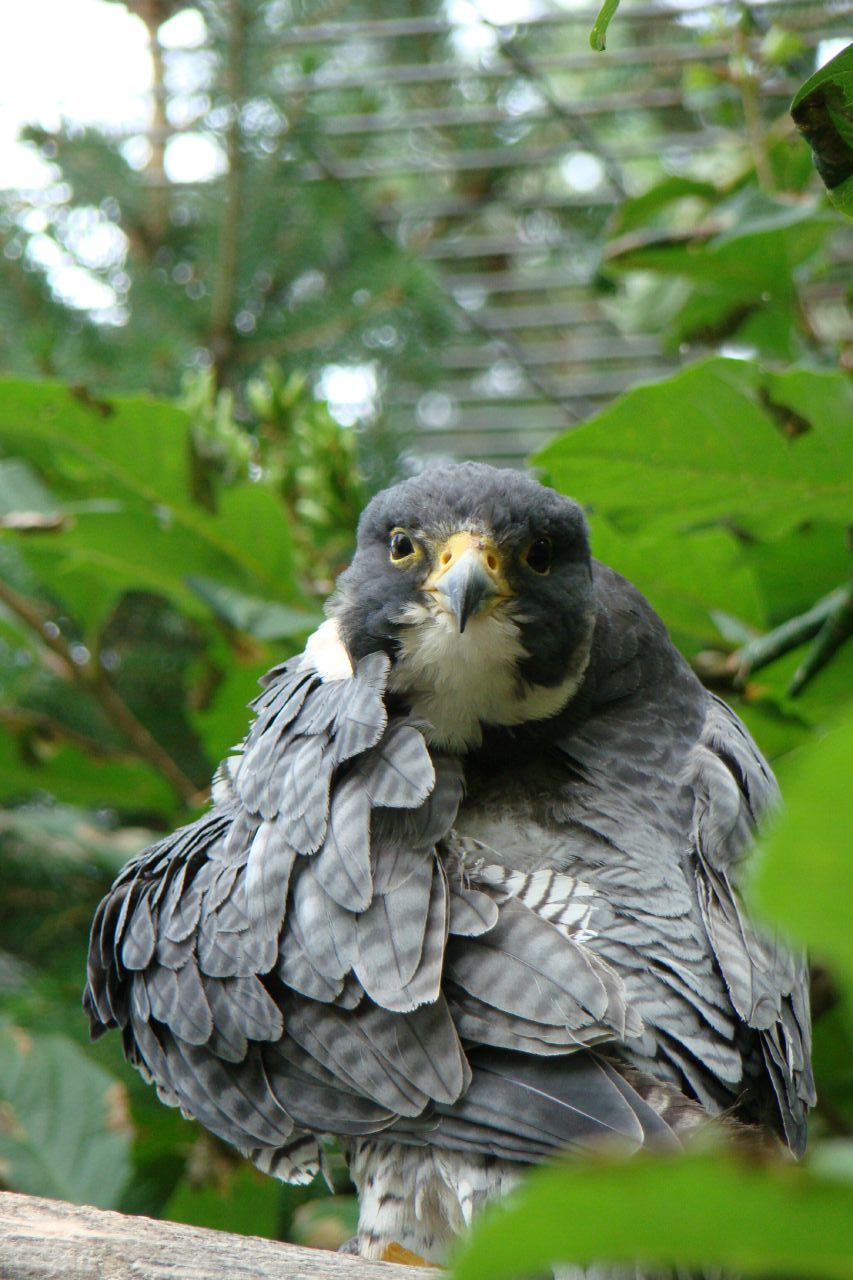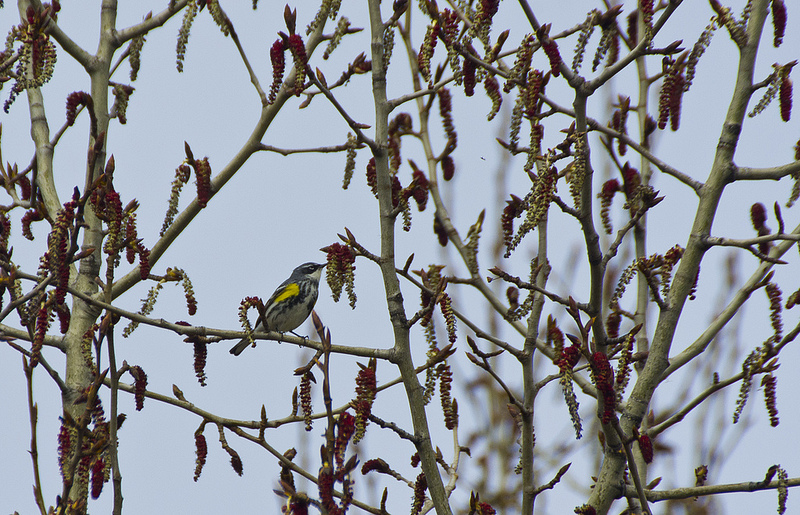Posted by Dan Arndt
As I have done for a few years now, I decided this year that I would take a day off around my birthday and get a few new life-birds and a few other target species off my list. As the week came closer, the weather looked more and more like it simply was not going to cooperate, and when my birthday arrived, it rained straight through the day. Two days later, the clouds cleared long enough for Bob Lefebvre and I to get out and find some birds. While the wind was more active than I would have liked, the day turned out quite nicely, topping out at 27 degrees C, (or about 81F for our readers south of the border).
We planned our route a few days before to tie in with Bob’s scheduled trip on the Loon survey. We would hit the entrance to Big Hill Springs Provincial Park, then go over to Horse Creek Road, up Grand Valley Road, then down through Bragg Creek to the Brown-Lowery Provincial Park, then back up to Leisure Lake to do the loon survey. Finally, we would make a trip down to Frank Lake, to get Bob’s shorebird count up, and finally we would head home from there.
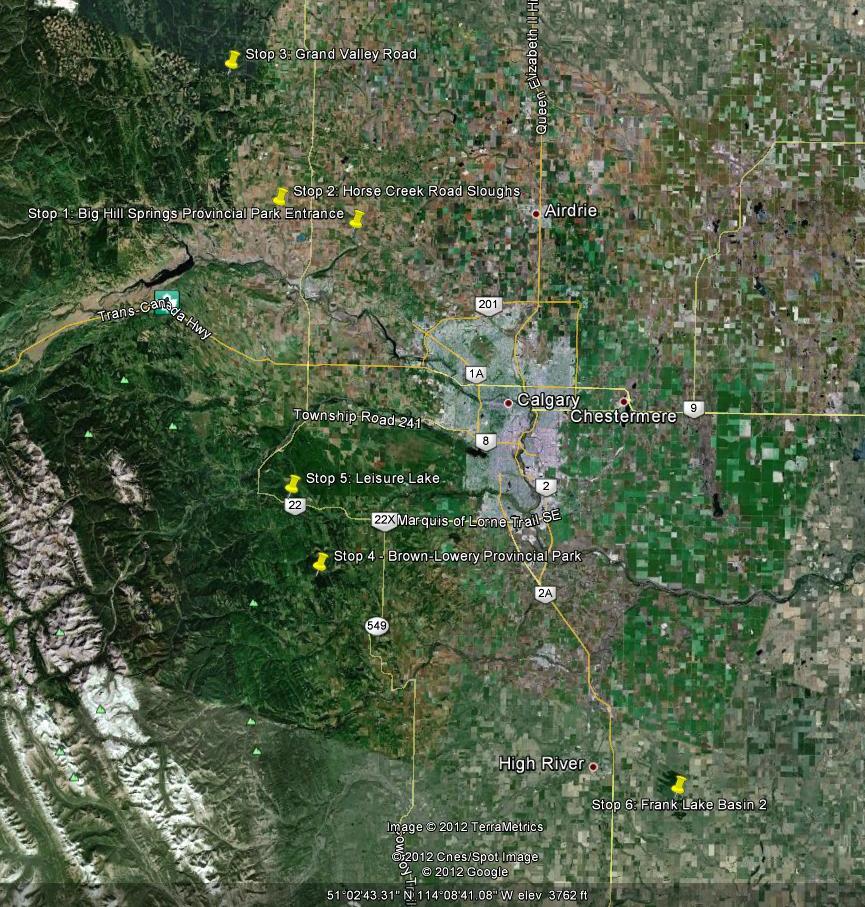
Birthday Birding Locations
With our route planned, we headed out at 5 AM, and got to our first site just as the sun was clearing the horizon.
Bob had heard of a number of Rock Wrens on territory just north of the main entrance to Big Hill Springs Provincial Park, and when we stopped the car and listened for a few moments, it was immediately apparent that they were still present. With a little help from some call playback, we were able to get some extremely good views of one of the males loudly defending his territory.
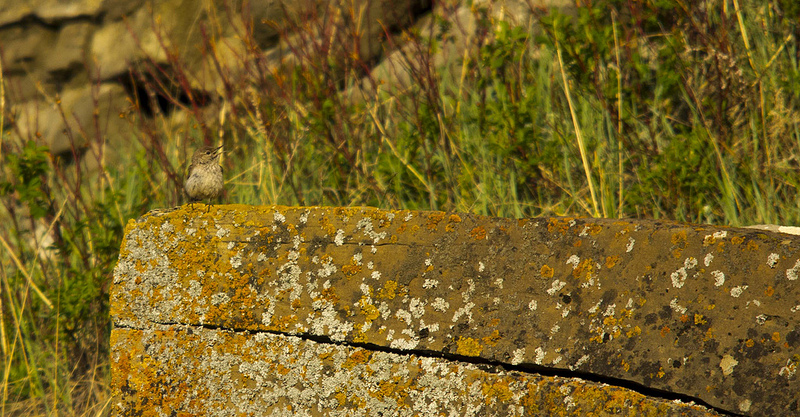
This bird is appropriately named.
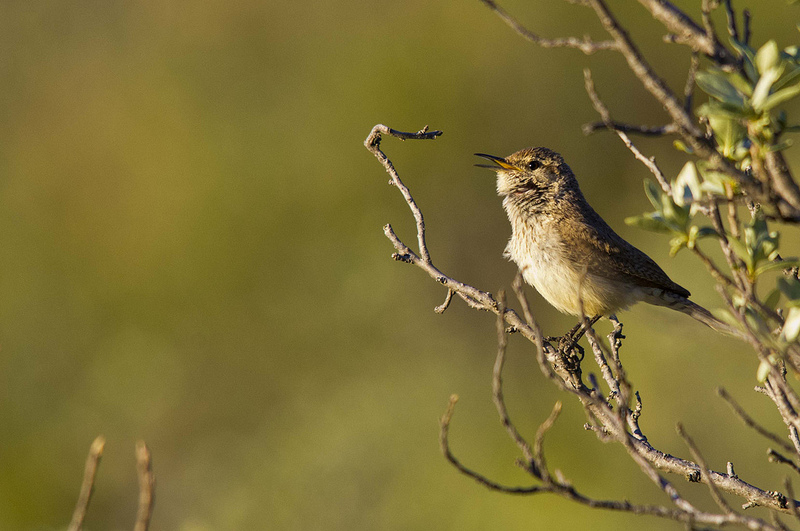
Rock Wren closeup
We headed up Grand Valley Road shortly after, in search of one of the many Great Gray Owls that have been seen there many times this spring and summer, but also historically seems to be the best spot around to find them. We drove for quite some time before Bob’s eagle eyes spotted one flying behind a gravel pile, so we stopped and waited, and moments later, it flew out and onto a nearby fencepost. This reclusive individual only stayed around long enough for us to get a handful of photos, but we did manage a few that turned out.
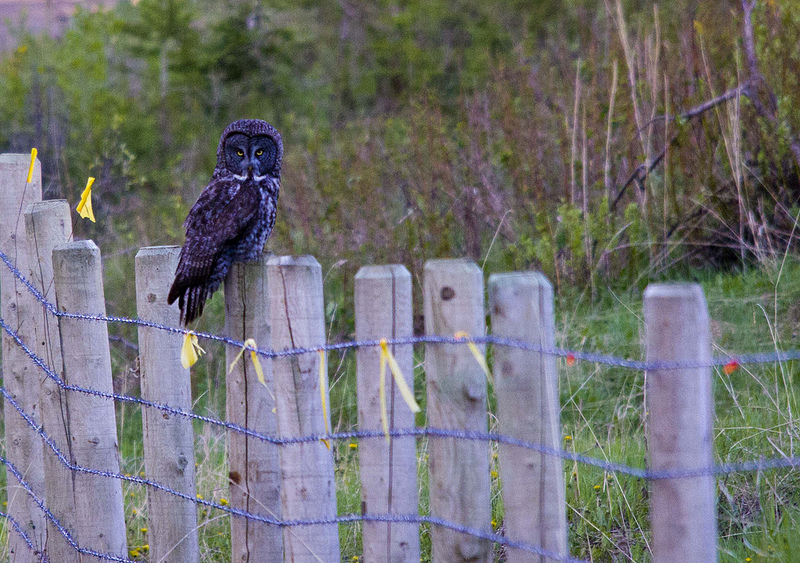
Watching us very closely.

Great Gray Glare of Death
As we headed down to Horse Creek Road, the wind had picked up quite a bit, and when we stopped to listen for the rails distinctive clicking calls, we could barely hear anything over the wind. No rails were heard or seen on this trip, but we did get some very nice close ups of these Wilson’s Phalaropes.
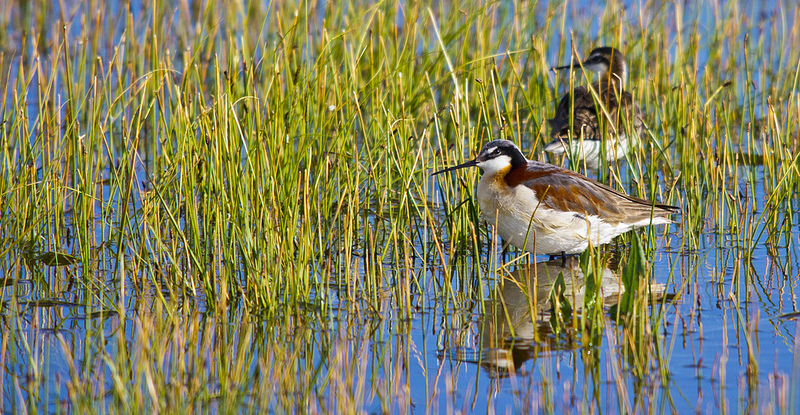
Wilson’s Phalarope
After that brief stop, we headed straight down to Brown-Lowery Provincial Park, and got incredibly close views of another life-bird for me, the Cape May Warbler. It seemed that there were quite a number of them in the park, most on nests, along with Wilson’s Warblers, which never quite came out to give us decent views.

Cape May Warbler

Cape May Warbler in the dark
Bob’s annual Loon Survey up at Leisure Lake was part of our trip, and we did manage to circle the lake, find the nest and eggs, and saw both the male and female Common Loon out on the water.
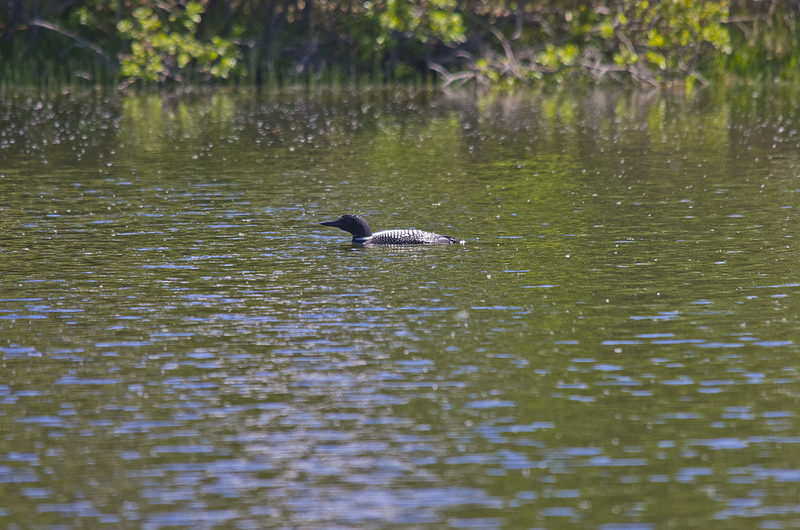
Common Loon
We finished up our day out at Frank Lake, and planned to head down to Basin 2, where we saw a huge number of species, and I was able to add Northern Harrier to my year list finally as well, but as far away as it was, paired with the heat, the photos simply would not suffice. So instead, here’s a Marbled Godwit to distract you.

Marbled Godwit







